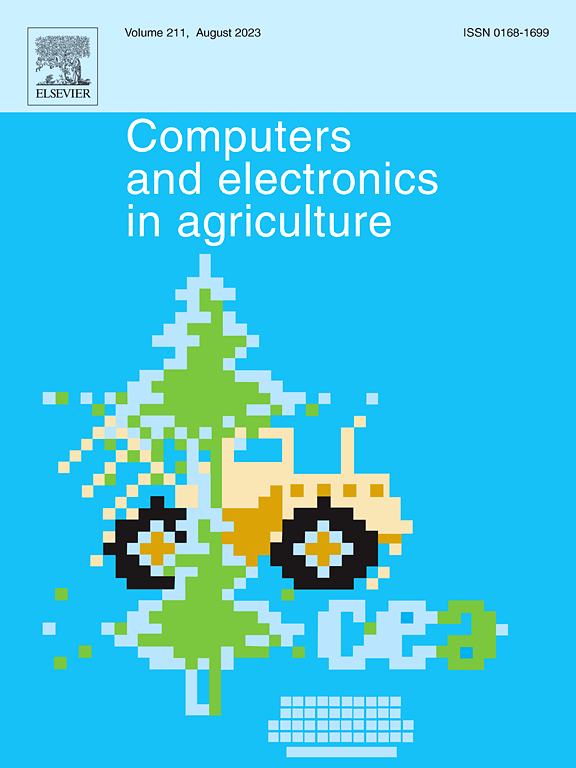Optimizing citrus production accounting for decisions’ timeframes and stochastics
IF 8.9
1区 农林科学
Q1 AGRICULTURE, MULTIDISCIPLINARY
引用次数: 0
Abstract
In many countries the citrus industry is an important economic factor. Unlike many supply chains, which are “demand-driven” systems, the orange industry’s supply chain is typically a “production-driven” system. Oranges are either sold directly to the market or to juice producers, which process oranges into juice. The resulting residue is either disposed of as waste or used to produce by-products that reduce waste and contribute to overall contribution margins.
In view of the changing climate and the resulting weather conditions a planting plan considering different types of orange trees is useful. For each orange variety, the planning process also includes decisions on the number of oranges that will be sold directly to final consumers, transported to juice producers, or stored and the by-products produced. The paper shows the potential of a stochastic, integrated strategic planning model that considers the temporal scope of different decisions. The proposed scenario-based linear programming model was developed to determine the amount of planted tress for each tree type and the production quantities of the different end products of the system (oranges, juice, and by-products) given the resources (fresh oranges, storage capacity) required to maximize the contribution margin of the company/system. The results of the scenario-based model are compared to the results of a worst-case approach, an on-average-approach, and an intuitive approach. In comparison, the scenario-based model always delivers the best results.

优化柑橘生产核算决策的时间框架和随机性
在许多国家,柑橘产业是一个重要的经济因素。与许多“需求驱动”的供应链不同,橙子产业的供应链是典型的“生产驱动”系统。橙子要么直接卖给市场,要么卖给果汁生产商,后者把橙子加工成果汁。所产生的残留物要么作为废物处理,要么用于生产副产品,以减少浪费并有助于总体贡献利润。考虑到不断变化的气候和由此产生的天气条件,考虑不同类型橘子树的种植计划是有用的。对于每个橙子品种,规划过程还包括决定直接出售给最终消费者、运输给果汁生产商、或储存和产生副产品的橙子数量。本文展示了考虑不同决策的时间范围的随机综合战略规划模型的潜力。所提出的基于场景的线性规划模型被开发出来,以确定每种树木类型的种植数量和系统的不同最终产品(橙子,果汁和副产品)的产量,给定资源(新鲜橙子,存储容量),以最大化公司/系统的贡献边际。将基于场景的模型的结果与最坏情况方法、平均方法和直观方法的结果进行比较。相比之下,基于场景的模型总是提供最好的结果。
本文章由计算机程序翻译,如有差异,请以英文原文为准。
求助全文
约1分钟内获得全文
求助全文
来源期刊

Computers and Electronics in Agriculture
工程技术-计算机:跨学科应用
CiteScore
15.30
自引率
14.50%
发文量
800
审稿时长
62 days
期刊介绍:
Computers and Electronics in Agriculture provides international coverage of advancements in computer hardware, software, electronic instrumentation, and control systems applied to agricultural challenges. Encompassing agronomy, horticulture, forestry, aquaculture, and animal farming, the journal publishes original papers, reviews, and applications notes. It explores the use of computers and electronics in plant or animal agricultural production, covering topics like agricultural soils, water, pests, controlled environments, and waste. The scope extends to on-farm post-harvest operations and relevant technologies, including artificial intelligence, sensors, machine vision, robotics, networking, and simulation modeling. Its companion journal, Smart Agricultural Technology, continues the focus on smart applications in production agriculture.
 求助内容:
求助内容: 应助结果提醒方式:
应助结果提醒方式:


